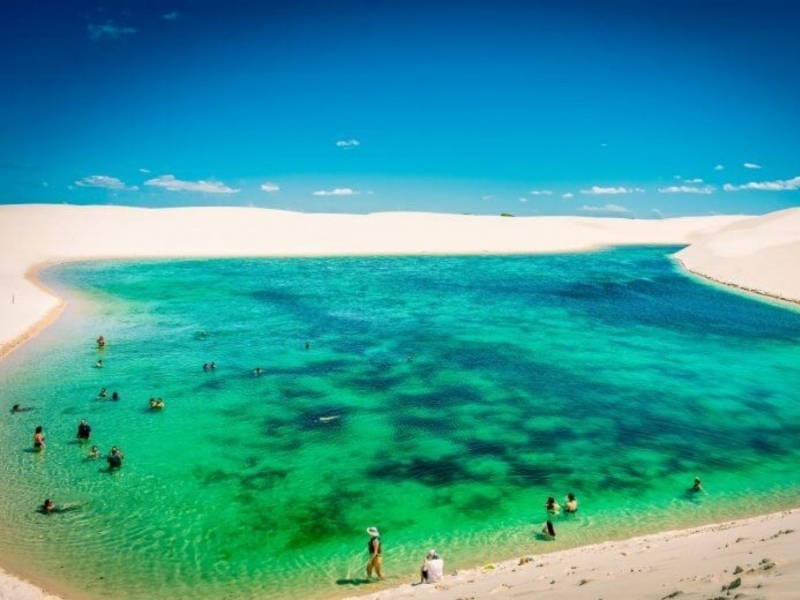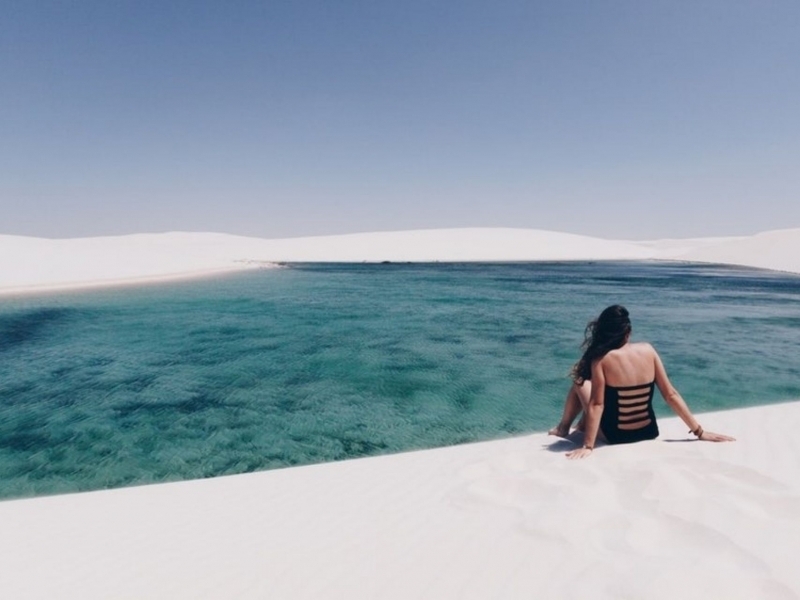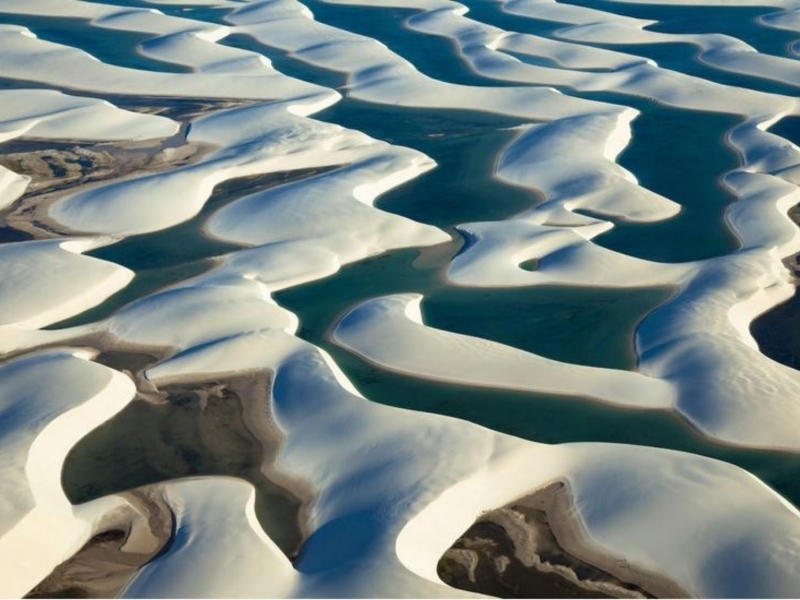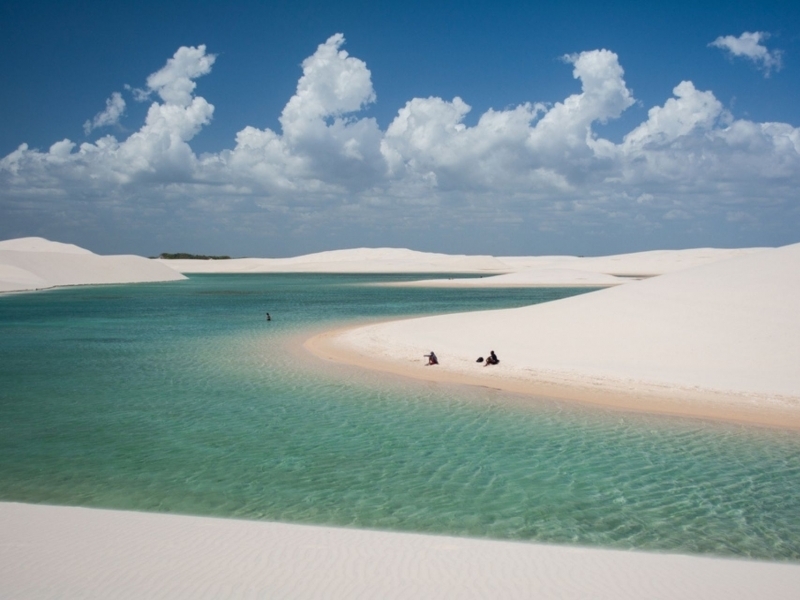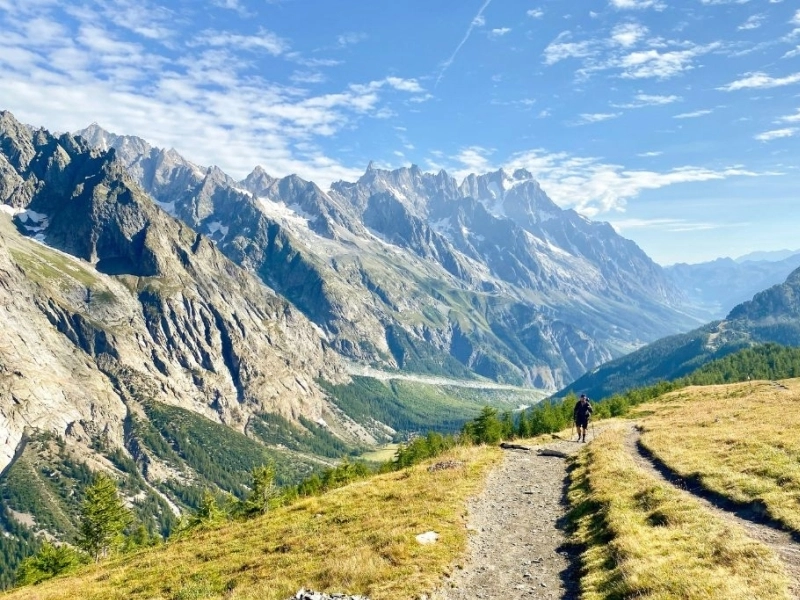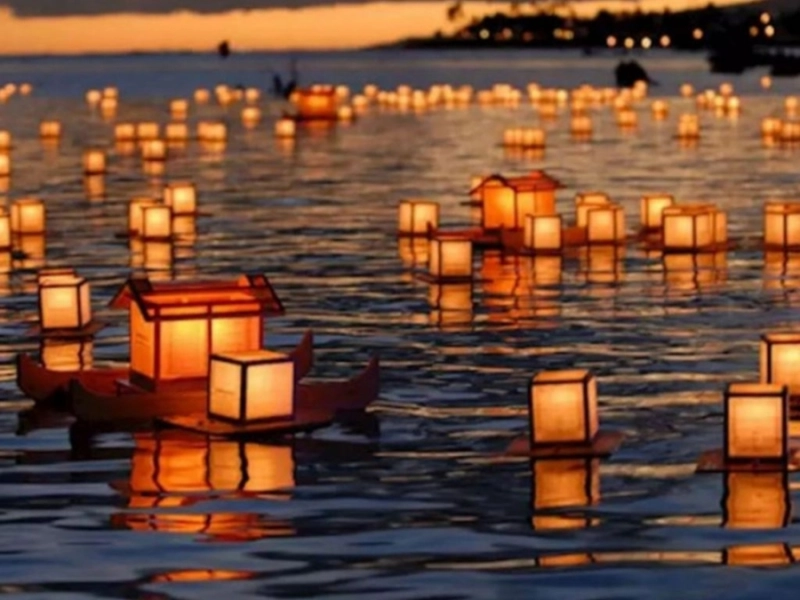News and Testimonials

The Lençóis Maranhenses National Park - Brazil
The Lençóis Maranhenses National Park is the perfect destination for those in search of adventure and nature contemplation.
Walk on the white sand dunes on the biggest dune field in Brazil, cool off at the numerous crystal-clear lagoons and watch the sunset are unique experiences that you will bring for the rest of your life. Adding this to the emotion of an off-road ride in accredited 4x4 vehicles specially adapted to go through the sandy and flooded terrain of the Lençóis Maranhenses restinga (coastal vegetation). For those that prefer long walks and interaction with traditional communities, there is the possibility to venture and cross the dune fields, as well as experience an overnight on the “Brazilian desert” oasis.
The Lençóis Maranhenses National Park, located on the oriental coast of the Maranhão state, is the prime tourism destination in this state. It is inserted on the Cerrado region and has a strong influence from the Caatinga and the Amazon regions, so you can find specimens that are common from these 3 biomes. In its 155 thousand ha, it shelters diverse and fragile ecosystems, as the restinga (coastal vegetation), the mangrove and a dune feld - which occupies 2/3 of the total area of the National Park - and that is the main attraction of this Park, due to the lagoons that form in between the dunes on the region’s rainy season. The Park’s inserted in 3 maranhenses municipalities, that possess the infrastructure for the reception and the conduction of visitors: Barreirinhas, Santo Amaro and Primeira Cruz.
WHEN SHOULD I GO?
The oriental coast of the Maranhão state goes through two characteristic seasons throughout the year. The rainy season, that goes from February to May, and the dry season, from June to January. After the rainy season the Lençóis Maranhenses National Park is on its peak of beauty, since the lagoons that form in between the dunes are full.
With the advance of the dry season, the lagoons dry piece by piece, reaching its driest peak in November. It is important to make clear that these conditions depend on the rain regiment of the year, so it’s always important to search for information with the National Park administration or with the local reception.
The best time of the year to visit the Lençóis Maranhenses National Park is between May and September, but the unity is opened for visitation year around, Monday to Monday, from 8 a.m to 6 p.m.
SOME ATTRACTIONS
Lagoa Azul Circuit (Blue Lagoon Circuit) – It is one of the most visited attraction at the Conservation Unit. After 12 Km of trails at the restinga (coastal vegetation), the ride goes through the dune fields at an approximately 02 Km trail. Throughout the rout, the visitor may visit the Lagoa da Preguiça (Sloth Lagoon), the Lagoa da Esmeralda (Emerald Lagoon), the Lagoa Azul (Blue Lagoon) and the Lagoa do Peixe (Fish Lagoon) – which is the sole perennial lagoon, and that stay with water year around. This attraction is the only one with permission to access with traditional vehicles until the limits of the Lagoa da Preguiça, but only for visitors with locomotion difficulty and through communication and obtaining authorization with the administration of the National Park.
Lagoa Bonita Circuit (Beautiful Lagoon Circuit) – Located 15 Km away from Barreirinhas, the attraction is considered as a medium access difficulty attraction, because it is necessary to climb a steep dune that it’s approximately 30 meters high; there is, however, a rope to help with the climb. The effort is compensated with a beautiful view from the dune field and from the National Park’s restinga vegetation. After the climb, the visitor will walk some hundred feet to the Lagoa Bonita. At this circuit it is also possible to visit the Lagoa do Clone (Clone Lagoon) – the lagoon receives this name because of the taping of a famous soap opera from the Rede Globo called “O Clone”, from 2001.
Lagoa da Esperança (Hope Lagoon) – It is formed from the interruption of the course of the Negro River, caused by the meeting from the river with the dune fields. Because of this fact, this lagoon is perennial, and it’s not situated inside the dune fields, but at the margin of it, making possible to go through the dune fields as well. As it is perennial, the lagoon is ideal to be visited at the dry months, when the other lagoons are dry. The Lagoa da Esperança makes border with the municipalities of Barreirinhas and Santo Amaro.
Atins – The village of Atins is located on the mouth of the Preguiças river, outside the National Park, but is close, so strolls at the beach, at the restinga, dunes and fields, are easily made. The village has simple infrastructure, and it’s searched by visitors that are looking for peace and quiet, as well as an intimate contact with nature and the local community. At Atins it’s possible to practice sports, such as kite-surf, wind-surf, kayaking, stand up paddle, bicycle ride, surf and others.
Canto dos Lençóis (Lençóis Quarter) – Located inside the National Park, the Lençóis quarter, formerly called as Atins Quarter, is a small village formed by traditional fishermen. From there, you can have a nice view from the dune fields, and it is next to the beach. The village has no electric energy but there are community restaurants that serve typical food and offer simple accommodation. It is a great starting point for a trekking and for the crossing of the dune fields until the municipality of Santo Amaro.
Circuito Foz do Rio Negro (Negro River Mouth Circuit) – The script from the Negro River is made through the beach from the National Park, starting at Atins. The place where the Negro River meets the Sea is the main attraction, where the visitor may bath on the small waterfalls on the shore. This attraction is available only when the Negro River has water, so inform yourself with the administration or with the local reception previously. It is also possible to visit, within the circuit, some lagoons like the Lagoa Verde (Green Lagoon), that is close to the beach and it’s within a 30 minutes’ walk from the dune fields and stays with water for most part of the year.
WHAT TO DO
Hiking;
Fauna Watching;
Picknick at the permitted areas;
Pond baths;
Water sports;
Bicycle rides;
Off-road driving.

